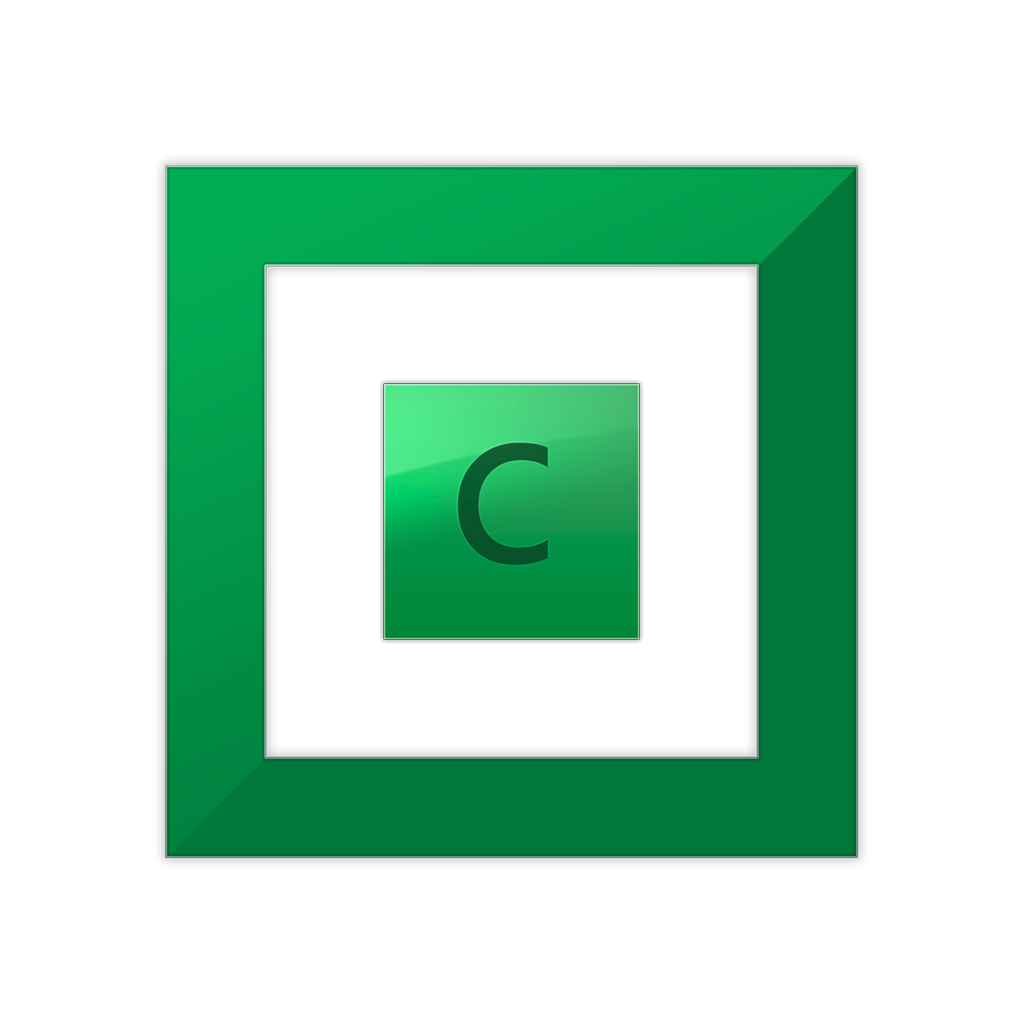-
Posts
11700 -
Joined
-
Last visited
-
Days Won
388
Posts posted by Christopher (Drashna)
-
-
Could you open a ticket at https://stablebit.com/contact for this issue?
-
Correct. Duplication is inheritted unless explicity set. Enabling pool file duplication enables it for the root, and everything else gets inherrited. And when you change it, it checks to see which files need to be duplicated or unduplicated (the "checking duplication" part that you may have seen). So, it shouldn't mess with the existing data.
-
On 8/31/2023 at 1:11 PM, beatle said:
Maybe it works now, but my trial expired last week. What a shame.
As shane said, please contact us.
Also, even with the trial expired, the software will continue to work, but the upload is incredibly throttled , so you can get data off but makes it impracticle to use.
-
11 hours ago, tphank said:
With the beta, should the clouddrive be set as read only?
Yes. This has the effect of telling the virtual drive that it is read only, and that files cannot be written to it. Otherwise, it may start filling up the cache with new data.
-
In general, the Microsoft store apps have some additional/unusual storage requirements, and may not work on the pool. This includes the xbox applications.
-
Just a heads up, the bitlocker detection can cause the drives to be awakened by WMI. You can disable this functionality:
https://wiki.covecube.com/StableBit_DrivePool_2.x_Advanced_SettingsAnd it is the example too.
Also, make sure that you're not using A:\ or B:\ as the drive letter, as windows has hard coded behavior to ping these drive letters, under the assumption that they are floppy drives.
And if you have StableBit Scanner installed, enable the throttling option for SMART.
-
The poolpart.xxxx file ... shouldn't be a file. It should be a folder, with all of the content.
That it is showing up as a file shows that there has been file system corruption, which means recovery will be needed, and shane has covered all of that already
-
Yeah, we're looking at a few providers. No details yet, though.
-
Deleting files from the drive doesn't delete the data on the drive. Shis is because the drive acts like a normal, physical disk, and the file system just unallocates the data (eg, the file is a pointer to that data, deliting the file just deletes the pointer, but leaves the data). This is part of how and why data recovery works, and this also applies to the CloudDrive disks.
You'd need to use a utility like "sdelete" that zeros out the data, too.
-
Still the same issue with the CLI tool. It's not an API, and while the API could be reverse engineered, we have no interest in doing so.
-
Internet is hard. Stuff like your ISP, distance from nodes, etc can all effect the speeds.
That said, try 10 download threads, 10MB for the minimum download size, and enable prefetching (with 1MB/70MB/120s), and see if that works better for you.
-
First, I'm sorry to hear about your drive, as that is never a pleasant experience.
You may be able to use "dpcmd ignore-poolpart" to eject the drive from the pool. This marks the drive as removed, but doesn't move any of the files off of it, and causes the drive to show up as "missing" in the UI. This does require writing to the drive, to write the tag that marks it as removed.
Once the drive is ejected, you can manually move the files over.
The poolID for the drive is the name of the hidden "PoolPart.xxxx" folder on the disk (with or without the PoolPart part).
-
For reference, the beta versions have some changes to help address these:
.1648 * Fixed an issue where a read-only force attach would fail to mount successfully if the storage provider did not have write access and the drive was marked as mounted. .1647 * Fixed an issue where read-only mounts would fail to mount drives when write access to the storage provider was not available. .1646 * [Issue #28770] Added the ability to convert Google Drive cloud drives stored locally into a format compatible with the Local Disk provider. - Use the "CloudDrive.Convert GoogleDriveToLocalDisk" command. -
If you're using automatic unlocking (weth the system disk encrypted too), then you shouldn't. Otherwise, you may run into issues, yeah. (restarting the service after unlocking the drives may work, though).
-
RIght now, yeah, there are some solutions. But to be blunt, this isn't the first time that we've seen unlimited get nuked. And it won't be the last.
I know a number of people are switching to DropBox, for now.
-
StableBit DrivePool pulls the directory list for the pool directly from the disks, and merges them in memory, basically. So if you have something that is scanning the folders, you may see activity.
And specifically, the files are stored in hidden "PoolPart.xxxxx" folders in the root of each drive.
Also, if you're seeing activity from DrivePool on the disks, it may be worth disabling the "bitlocker detection" option in the advanced settings:
https://wiki.covecube.com/StableBit_DrivePool_2.x_Advanced_SettingsIt's the example used, in fact.
-
-
the covefs folder just stores information about the reparse points that are created on the pool. So if you're seeing them, then something is creating them on the pool. Messing with them will break them. And sounds like stable diffusion is using them to organize some of it's data, then.
-
Dave shut it down Dec 2022, it looks like. And changed it to "home gadget geeks" a long time ago. So, not a huge surprise.
-
Potentially?
But before doing so, have you enable the throttling for SMART queries in StableBit Scanner? This may help.
Also, do you have DrivePool installed on the system? If so, disabling the bitlocker detection in the advanced settings can help, too. -
That's a lot of "Other" data. Enough, in fact, that I suspect that it's being used by Previous Versions, aka Volume Shadowcopy Service (VSS). Disabling this feature on the drives in the pool may fix this. (and this data is located in the system+hidden folder "System Volume Information").
You can quickly get to this by running "systempropertiesprotection.exe" on the system. Turn off the protection for the pooled drives, with the "configure" button for each drive. You can also delete the "restore points" from there.
-
Just a heards up, not every drive needs device specific rules/parameters. And the VN line shouldn't (NAS drives).
If there are specific paramters that are incorrect or unknown, that is something different. And if that is the case, could you open a ticket about it at https://stablebit.com/Contact
-
On 7/14/2023 at 10:11 AM, Harrr said:
Is there hope to get a tool?
Google is pulling the trigger here as well and I'm unsure if I can get everything...beta version:
* [Issue #28770] Added the ability to convert Google Drive cloud drives stored locally into a format compatible with the Local Disk provider. - Use the "CloudDrive.Convert GoogleDriveToLocalDisk" command. -
Yeah, this is happening to a lot of people. Google has killed their unlimited storage option and is limiting it to 1TB, IIRC. You can check on reddit to see a lot of people running into this.





Balancing hardlinks
in General
Posted
No. Hardlinking doesn't work on the pool drive, at all, and never will. The hard links are an object/feature of the volume, not the disk, and require that all instances of the file be on the same *physical* volume.
They work on StableBit CloudDrive, because it doesn't emulate the filesystem the way that StableBit DrivePool does. It handles things on a block level (below the file system, basically), and never directly deals with the file system. Because of this, just about anything you can do on a normal disk, you can do on the StableBit CloudDrive disks.
But if they're pooled, then the pool's limitations still apply (at least to the pool drive).